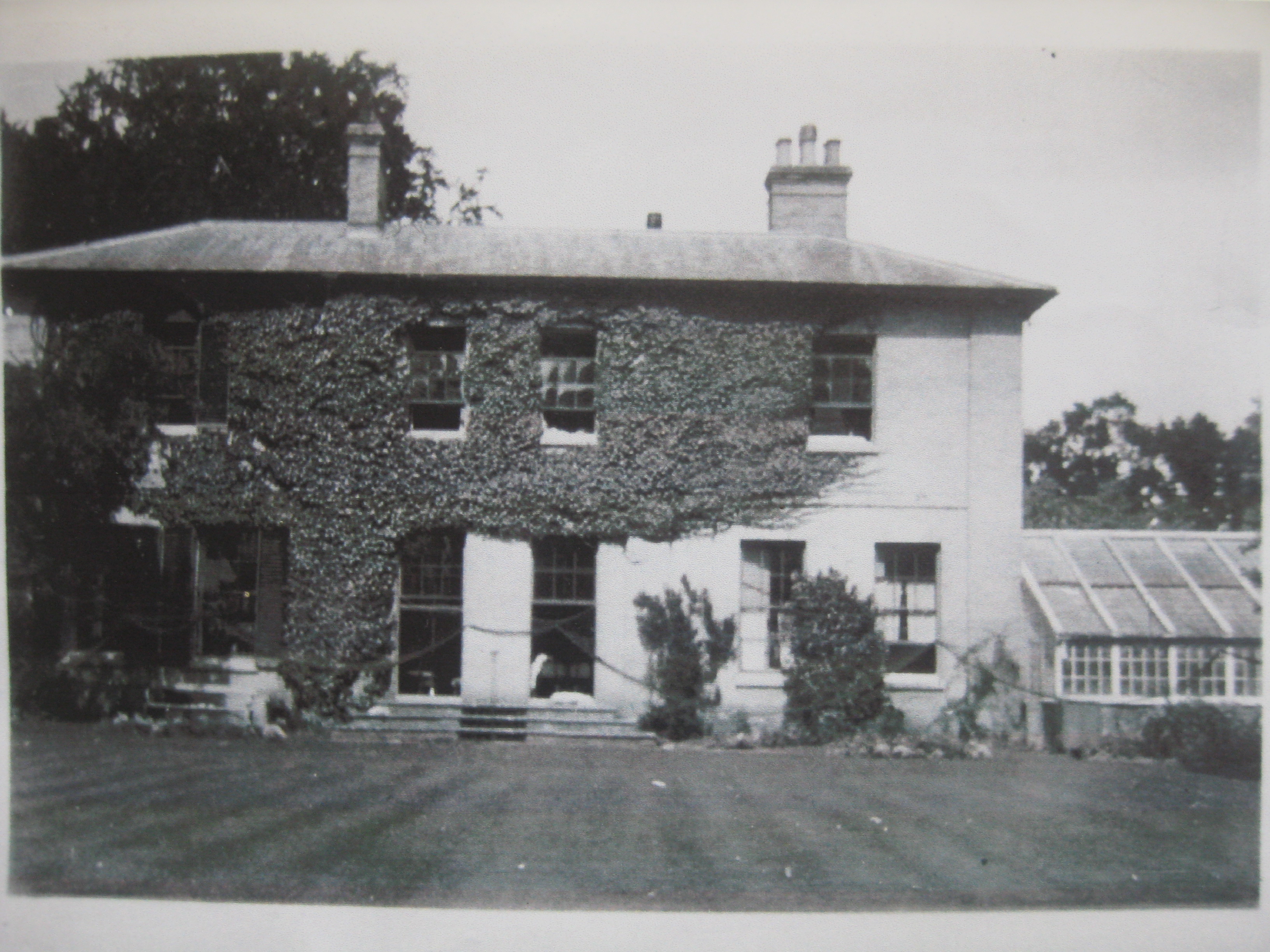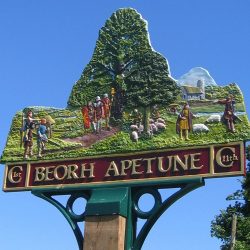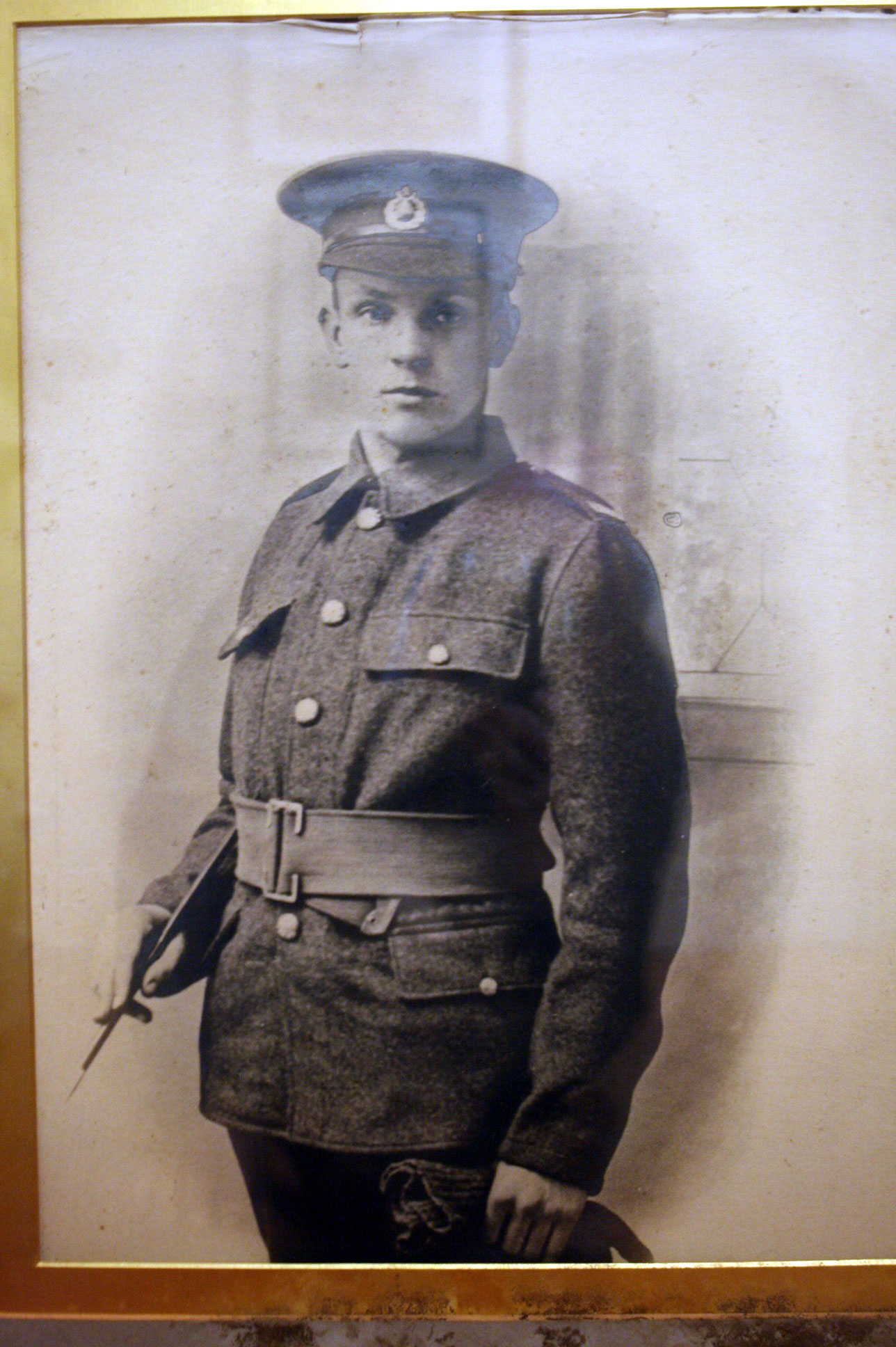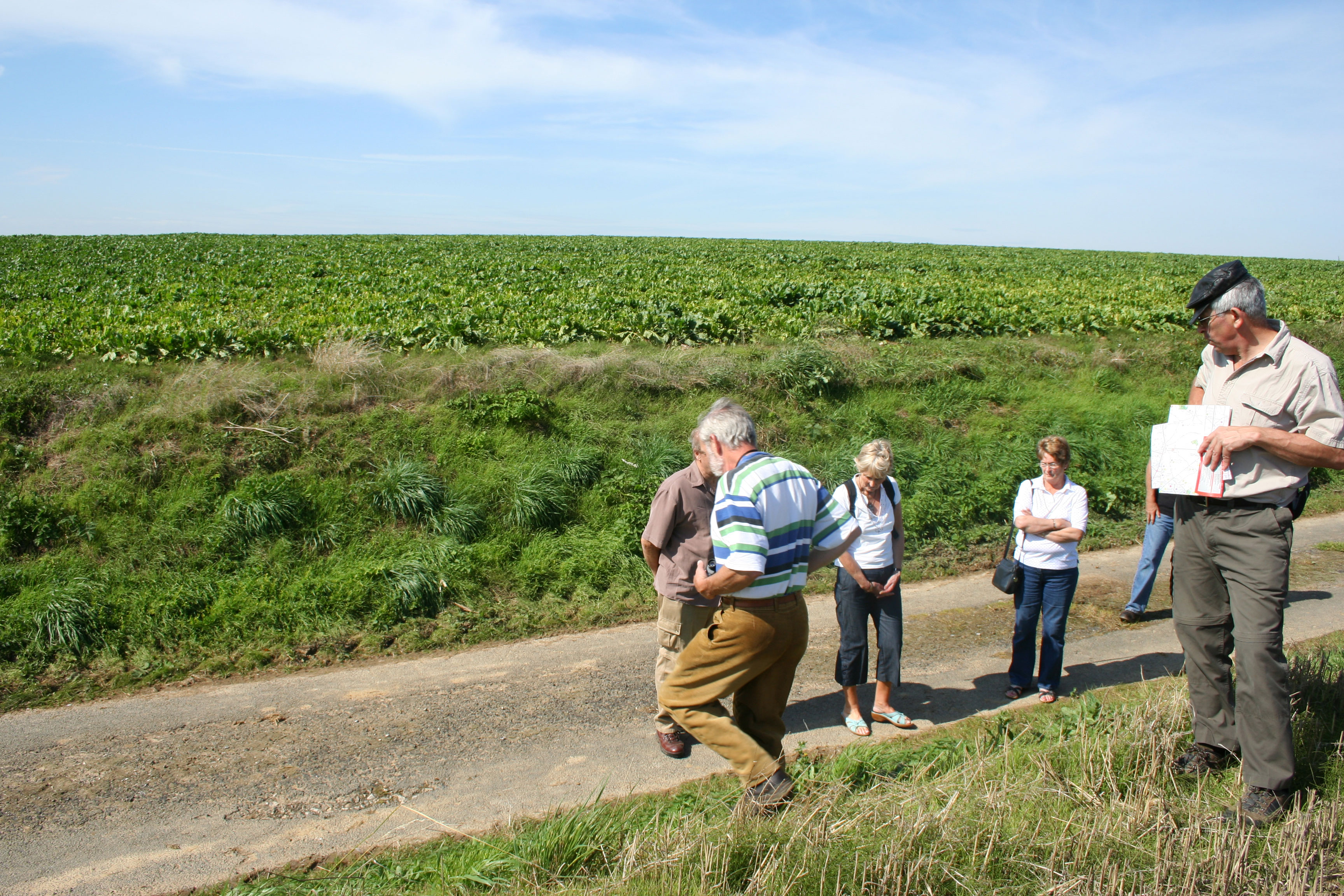ALFRED ALEC ARNOLD CUBITT
15534, Lance Sergeant
9th Battalion, Norfolk Regiment
Who died aged 25 on 26th September 1915
Remembered on the Loos Memorial, France
Family Background
Alfred was the son of Helen Jessie Cubitt and her husband Arthur who, at the time of the 1891 Census, lived on The Street (that then ran from Mill Road crossroads to th Rectory). He was born there and baptised in Bergh Apton parish church on 10th April 1890.
Military Service
By 1901 the family had moved to Ely and had returned to Arthur Cubitt’s home village of Syderstone by 1911, by which time Alfred was no longer living at home.
Subject to verification with the Royal Norfolk Regiment’s museum team it seems probable that by 1911, at the age of 21 years, he was already serving with the Norfolk Regiment because, four years later at the time of his death he had attanied the rank of Lance Sergeant.
Alfred’s “Kitchener Army” battalion was mostly untried troops and had been in the Front Line for only one day on 26th September 1915 when, as part of a battle known as “The Big Push” it joined in an attack on some German-held quarries to the north west of Hulluch.
The 9th Norfolks’ objective was the village of Vendin-le-Vieil but the German fire on the advancing Norfolks was so severe that these relatively untried troops could make no progress.
Petre’s “History of the Norfolk Regiment 1914-1918” includes a description of this attack that began at 6.45 am. It was repulsed by heavy German fire that drove the attackers back to the shelter of old German trenches that offered little cover. They then retreated even further to British trenches where, nearly 12 hours after the attack began, they were relieved by the Grenadier Guards.
In this failed venture the 9th Norfolks suffered 209 casualties – a fierce baptism in which Alfred was amongst the 73 who died or were missing in action.
More Family Background
Alfred’s father Arthur Cubitt was a Groom/Coachman who, at the time of the 1891 Census, lived close to the Manor House. In the logical sequence of the Enumerator’s “walk” the family probably lived in the cottage adjacent to the Manor House.

If that is indeed the case he would have worked for Jane Deeker Denny, the Manor’s then owner.
His name is on the memorial wall of the cemetery at Dud Corner, Loos along with those of Bergh Apton boys Harry Mayes and Charles Weddup. It is also on the memorial at Syderstone in north Norfolk where his parents were living at the time of his death.





